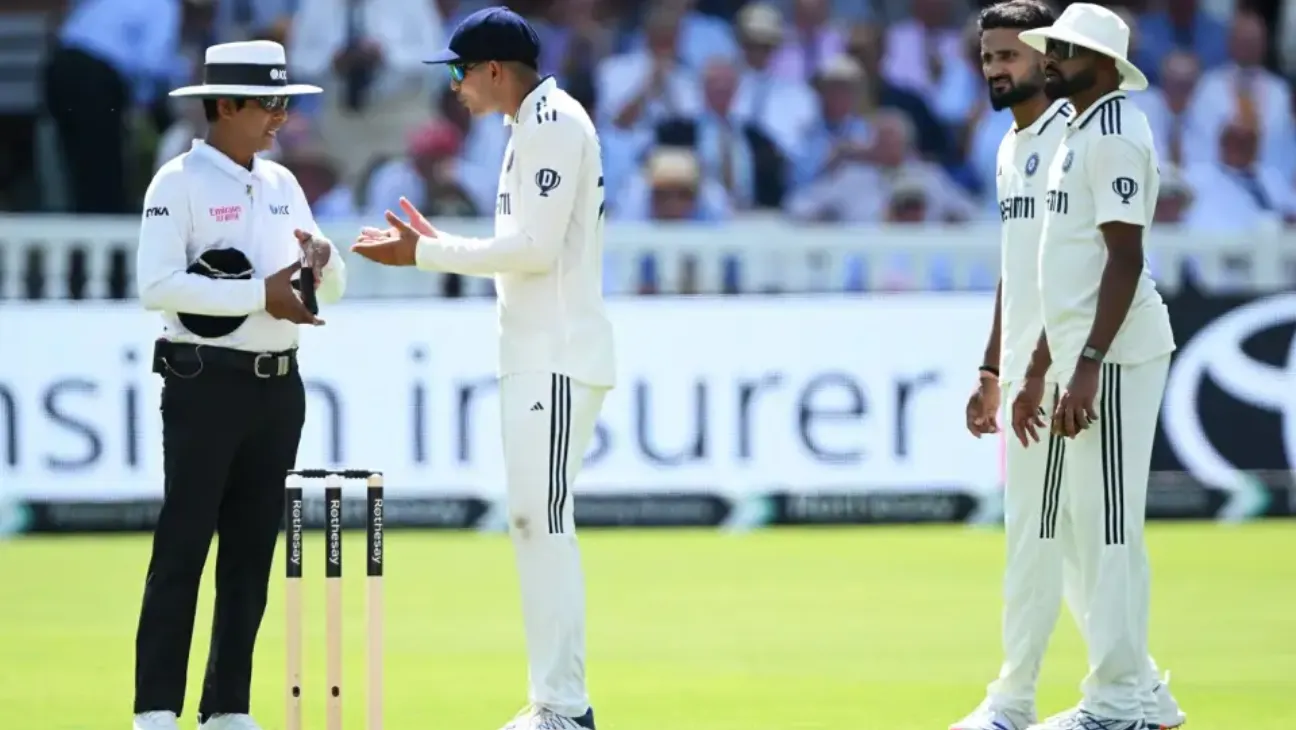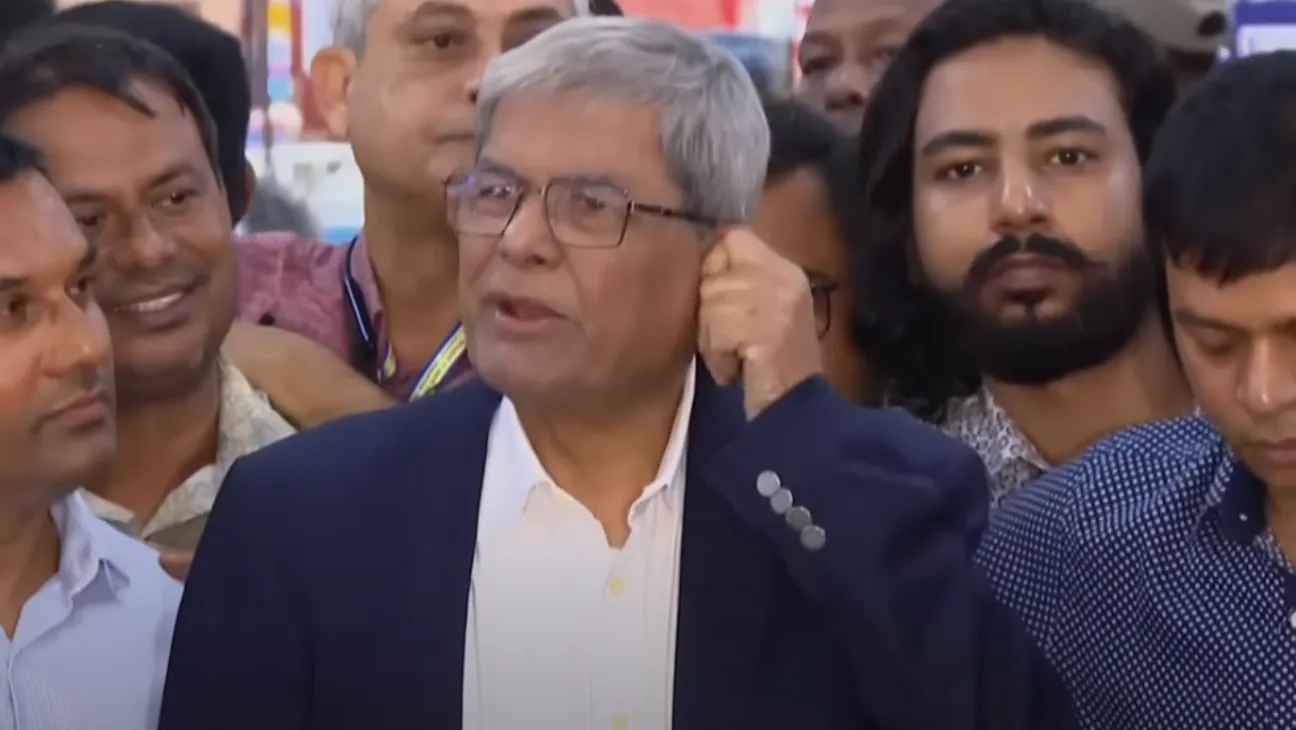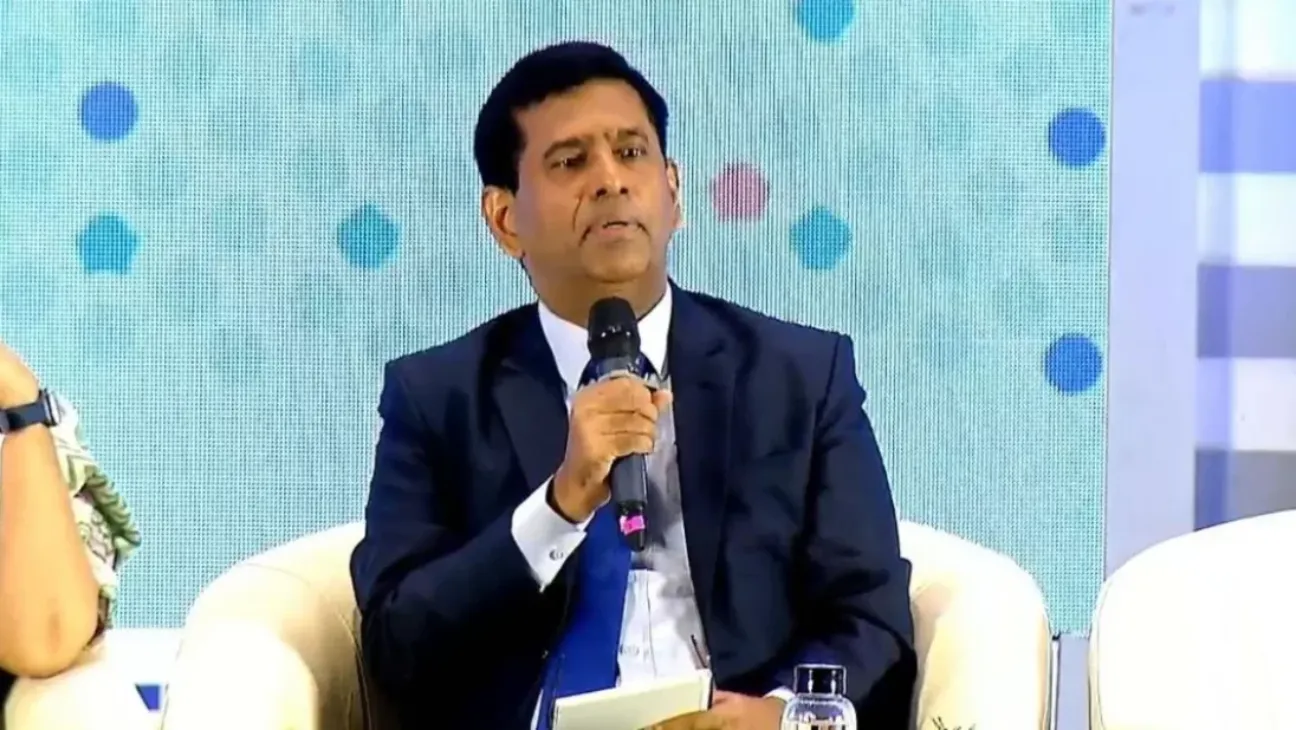India expressed frustration after being forced to change the second new ball just 10.3 overs into its use during the second morning of the Lord’s Test. Jasprit Bumrah had struck early with the original ball, taking three quick wickets. But once the ball was replaced, the momentum shifted.
For nearly the entire session, India struggled to make another breakthrough, despite bowling to England’s lower order. Eventually, the ball was changed again—48 deliveries after the initial replacement.
Bumrah baffled by premature change
Bumrah chose his words carefully, trying not to attract sanctions. Still, he admitted the situation was unfamiliar. On previous tours of England, he couldn’t recall needing a ball change so early.
The data offered a clear difference. The original ball was swinging at an average of 1.869 degrees and seaming at 0.579. The replacement ball dropped to 0.855 degrees of swing, despite similar seam movement.
For India, though, it wasn’t just the data. The visible softness and aged look of the new ball raised concerns.
Stuart Broad and Nasser Hussain add to criticism
Stuart Broad, never shy about voicing opinions, described the issue as persistent and unacceptable. Speaking during the broadcast and posting later on X, Broad said the replacement ball looked nearly 20 overs old.
“The cricket ball should be like a fine wicketkeeper. Barely noticed,” he wrote. “We are having to talk about the ball too much… being changed virtually every innings. Unacceptable. Dukes have a problem.”
Nasser Hussain, also on Sky Sports, called it a “serious issue” and questioned why captains were opting for ball changes so often.
“We’re getting a bit addicted to having the perfect cricket ball,” Hussain said. “In the history of the game, the ball gets old, it gets soft. That’s part of the game.”
He also questioned the logic of replacing a ball that was working well for Bumrah.
“They got through in that first hour and Bumrah was unplayable… I looked up and saw they were changing the ball. Why would you change it when it’s doing something?”
ALSO READ | Bumrah Takes Five at Lord’s as India Trails England by 242 Runs
Durability of Dukes ball under scrutiny since 2020
This isn’t new. The durability of Dukes balls has been debated for several years. Since 2020, complaints about the ball going soft and out of shape have become routine.
The ECB’s decision to trial Kookaburra balls in County matches earlier this season has only amplified the spotlight on Dukes. Fielding teams have been requesting changes as early as the first session of a match.
In this series, ball replacements around the 43rd over have become standard.
Impact on match dynamics is measurable
The issues are not just anecdotal. Data shows that wickets in this series have fallen at a rate of 86.09 runs per wicket between overs 31 to 80—the highest such average recorded in England since ball-by-ball records began.
Only two other series in Test history, both outside England, had a higher average over that stretch.
The combination of flat pitches and inconsistent balls has tilted the balance.
Where does this go from here?
The growing number of complaints suggests something may need to give. Either the manufacturer tightens quality control, or cricket boards may begin to look elsewhere for more consistent options.
But for now, players seem stuck with uncertainty. And fans are left wondering whether the ball—not the bat or the pitch—is deciding the outcome a bit too often.









